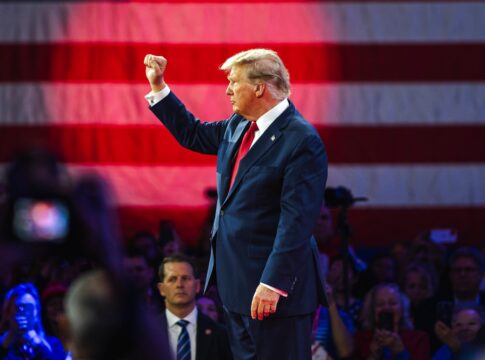Donald Trump’s proposal for Freedom Cities aims to merge economic development with modern urban living on federal lands, yet its realization faces multiple challenges. The Freedom Cities could address U.S. bureaucratic stagnation. The plan incorporates deregulation and enhanced transport technologies.
Trump’s Vision of Freedom Cities
Donald Trump proposes the creation of ten new Freedom Cities on undeveloped federal land, revitalizing American urban development by boosting innovation and manufacturing. These cities aim to address areas that stagnate in excessive bureaucracy and societal immobility across the United States, offering not just new industrial bases but also renewed hope for middle-class economic progress.
Freedom Cities would be federally led with a focus on deregulation to stimulate growth, while potentially revitalizing local economies. This approach draws inspiration from past successful transformations, such as the Brooklyn Navy Yard, and intends to harness regulatory arbitrage and transportation advancements.
#BREAKING: In a video released to social media, former President Trump pitches a plan to build ten new cities in the United States called "freedom cities," "baby bonuses" to incentive more childbirths, a beautification campaign, and more in a quality of life improvement effort. pic.twitter.com/iSfrW8Wacw
— Forbes (@Forbes) March 3, 2023
Challenges and Environmental Concerns
Potential obstacle factors for Trump’s initiative include the legal intricacies of political land allocation, environmental concerns, and the inherent complexity of creating a city ex nihilo. The proposal plans for locations that might include Presidio National Park, Lowry Range, and even Guantanamo Bay. These choices underline the profound debates concerning ecological impacts and the sale of public lands.
Critics argue for the natural emergence of cities based on organic economic and geographic advantages, stressing that such federally crafted plans might diverge from understanding this natural evolution. Concerns arise, presenting this as a profound contradiction with Trump’s former stances and traditional Republican values of limiting federal intervention.
WATCH: A massive part of Trump's 2nd-term agenda is to charter TEN new mega-futuristic cities in various states on federally-owned lands
"Almost one-third of the landmass of the United States is owned by the federal government, with just a very, very small portion of that… pic.twitter.com/yaLVAXuceI
— George (@BehizyTweets) August 16, 2024
Future Outlook and Political Reactions
This novel and grandiose plan leaves open many questions regarding detailed planning and potential legal hurdles that Trump’s proposal must navigate. Analysts indicate that the focus should remain on investing in existing cities instead, emphasizing increased support for urban infrastructure and economic equality over new endeavors.
The concept of Freedom Cities provokes fierce debate with potential resonance among audiences who value practical innovation aligned with conservative values. However, this initiative must balance ongoing challenges its realization may encounter, warranting further scrutiny and balanced consideration.


